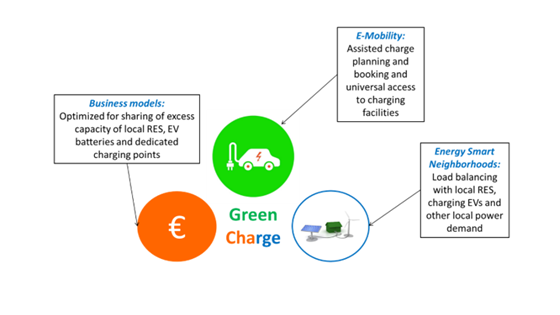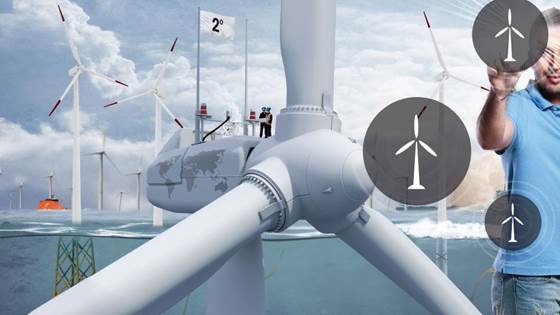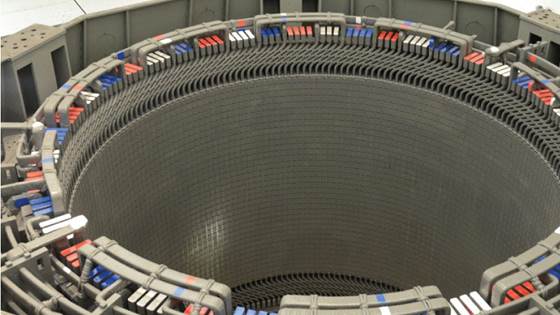
GreenCharge
GreenCharge will empower cities and municipalities to make the transition to zero emission/sustainable mobility with innovative business models, technologies and guidelines for cost efficient and successful deployment and operation of charging...
















